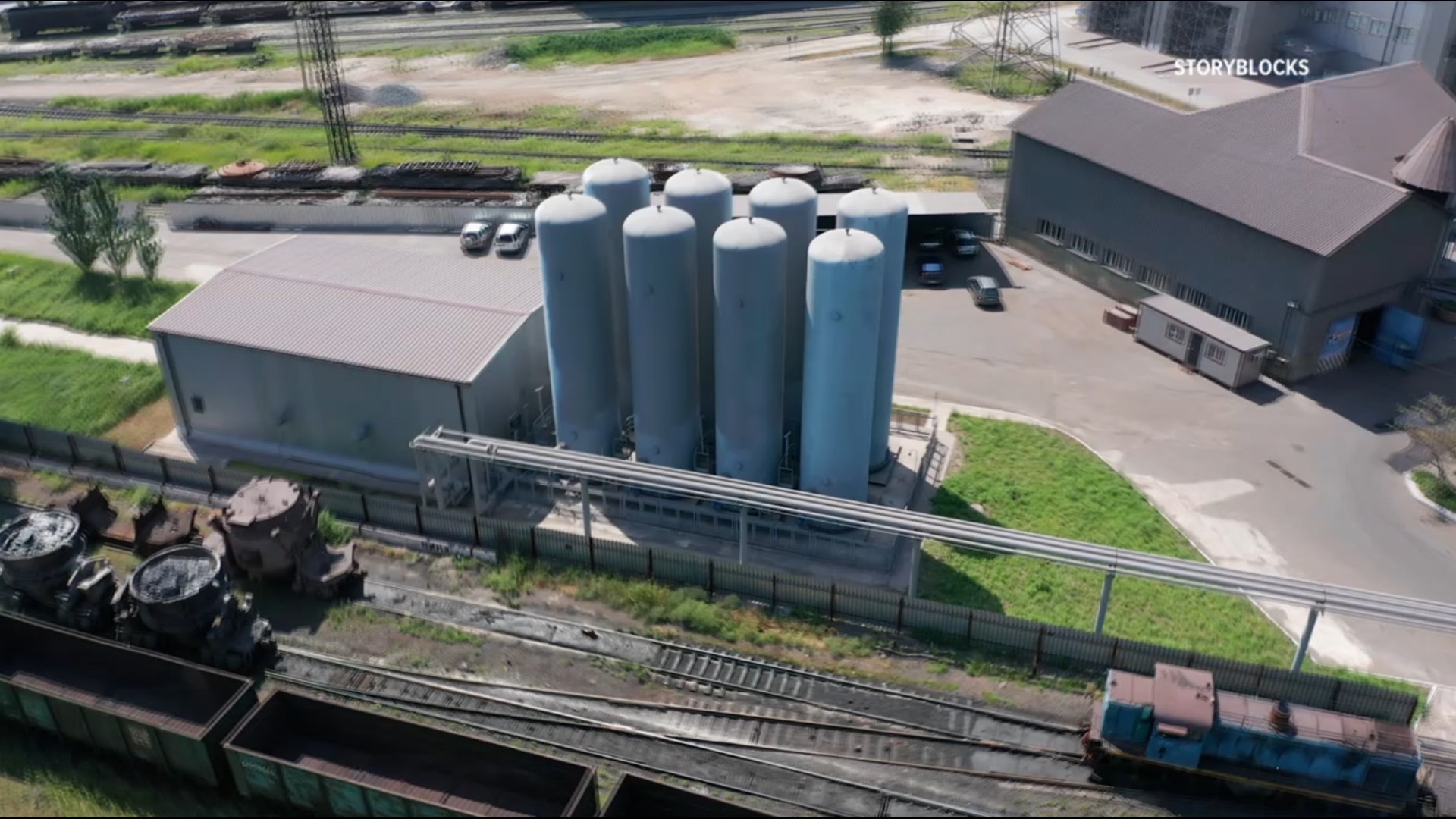HARRISBURG, Pa. — Pennsylvania gubernatorial candidate and current state Attorney General Josh Shapiro this week released his economic plan for the state.
The plan includes a goal to increase the share of renewable energy used by the state from 4 percent of all energy to 30 percent by 2030, as well as to reach net-zero emissions by 2050.
A statement via a press release for the plan added, “Shapiro will also aggressively push to make Pennsylvania the home of a new regional hydrogen hub and grow the Commonwealth’s carbon capture, utilization, and storage industry – creating thousands of jobs.”
Hydrogen power is still relatively unmentioned in public discussions of renewable energy, but it is gaining traction and has become a buzzword in green energy circles.
In June, the federal government promised $8 billion to build four “hydrogen hubs” across the country.
Shapiro and several other groups are pushing for one of those hubs to be built in Pennsylvania. An alliance of seven major energy companies—EQT Corporation, Equinor, GE Gas Power, Marathon Petroleum (including its affiliate MPLX), Mitsubishi Power, Shell Polymers and U. S. Steel—has formed with the goal of building a hydrogen hub in Ohio, Pennsylvania and West Virginia.
What is hydrogen power?
Hydrogen is the most abundant element in the universe. Combined with oxygen, it produces a chemical reaction that releases water, heat and energy. In other words, it can be used as a fuel similar to gasoline, but without any greenhouse gas emissions.
Carrying three times the energy of jet fuel, hydrogen fuel has the potential to power everything from cars to factories.
“The chemical reaction itself is clean because it only produces water and some additional heat,” said Peng Fu, lead researcher of Harrisburg University’s Center for Environment, Energy and Economy (E3). “But it does require additional energy to produce hydrogen, because we cannot extract it from nature, like natural gas.”
Unlike fossil fuels extracted from the earth, hydrogen fuel must be created using a separate energy source. Nearly all hydrogen production today is powered by natural gas.
Natural gas is made of mostly methane, with the chemical formula (CH4). Through a process called steam-methane reforming, the carbon molecule is separated from the four hydrogen molecules. The resulting materials are hydrogen, carbon monoxide and carbon dioxide.
The process of creating hydrogen from natural gas is called “gray hydrogen.” It is not considered a clean energy, as it emits carbon dioxide, a greenhouse gas, and carbon monoxide, considered an indirect greenhouse gas.
Proposed solution: carbon capture
The alliance of energy companies is proposing to solve the issue of hydrogen power-based greenhouse gas emissions by building a hub for carbon capture, utilization and storage (CCUS).
Carbon capture works by pumping carbon dioxide deep into the earth. The key is finding a location where a layer of porous rock that can absorb the CO2 lies underneath a layer of non-porous rock that will seal the CO2 underground.
Leaders at Shell Polymers, part of the alliance, said parts of Western Pennsylvania are ideal locations.
“[Steam-methane reforming] produces CO2 but that’s the third thing that this area has. It has the right geology that you can take that CO2 and sequestrate it, i.e. put it deep down in the ground where it isn’t going to come out again,” said Hilary Mercer, senior vice president of Shell Polymers Pennsylvania.
The process of creating hydrogen fuel using natural gas, while also storing the additional CO2 created, is called “blue hydrogen.”
Some climate advocates, though, point out that blue hydrogen results in expected additional leaks of methane, a potent greenhouse gas. New research published in the journal Energy Science & Engineering suggests the methane leaks mean blue hydrogen ends up emitting just as much greenhouse gases as burning natural gas.
“If we’re using natural gas to produce hydrogen, that still has significant greenhouse gas emissions associated with it,” said Greg Alvarez, deputy communications director of think tank Energy Innovation: Policy and Technology. “If you want to reduce greenhouse gas emissions, green hydrogen made using wind and solar can do that. It can be really useful to cut emissions from sectors like aviation, shipping fuels, some industrial processes.”
Moving forward
Pennsylvania doesn’t yet have enough sources of raw renewable energy to power industrial-size hydrogen fuel plants, said Mercer of Shell Polymers.
Some have suggested building hydrogen power infrastructure now in order to create supply and encourage innovation in hydrogen fuel cell-powered cars and other technology. The goal would be to eventually shift to "green hydrogen", creating hydrogen through renewable energy sources. However, that could prove difficult once a plant is already built using natural gas.
The upcoming election for Pennsylvania governor will open a public stage to discuss the future of hydrogen as one option to reduce greenhouse gas emissions.
Josh Shapiro said he supports both blue and green hydrogen as a way to increase power production in Pennsylvania.
“What we really need to do is use hydrogen as an emerging source of energy, explore it, research it, create jobs around it, and at the same time continue to grow our renewable energy sources,” he said.
Republican gubernatorial candidate State Sen. Doug Mastriano (R-Adams) did not respond to requests for comment, though he has previously supported opening more land for fracking and drilling.

